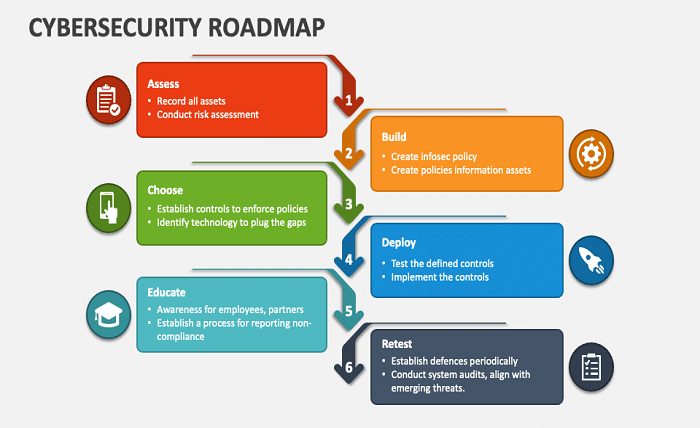Introduction
The Mean Absolute Error (MAE) is a fundamental metric in the world of statistics and data science. It quantifies the average magnitude of errors between predicted and actual values, providing a clear measure of accuracy. In this blog post, we will explore the concept of Mean Absolute Error, its significance, calculation methods, and applications across various domains.
What is Mean Absolute Error?
Mean Absolute Error is a statistical measure that evaluates the average absolute differences between predicted values and actual observations. Unlike other metrics that can be influenced by the direction of errors, MAE focuses solely on the magnitude of errors, making it a robust measure of accuracy.
Importance of Mean Absolute Error
The importance of Mean Absolute Error lies in its simplicity and interpretability. By providing a straightforward average of errors, MAE helps analysts understand how well their models are performing. This makes it an essential tool for model validation and comparison in various fields, including finance, healthcare, and machine learning.
How to Calculate Mean Absolute Error
Calculating Mean Absolute Error is straightforward. The formula for MAE is:
MAE=1n∑i=1n∣yi−y^i∣\text{MAE} = \frac{1}{n} \sum_{i=1}^{n} | y_i – \hat{y}_i |
Here, yiy_i represents the actual values, y^i\hat{y}_i represents the predicted values, and nn is the number of observations. This formula ensures that all errors are treated equally, providing an unbiased measure of model accuracy.
Advantages of Mean Absolute Error
One of the key advantages of Mean Absolute Error is its interpretability. Unlike other metrics such as Mean Squared Error (MSE), MAE is expressed in the same units as the data, making it easier to understand. Additionally, MAE is less sensitive to outliers compared to MSE, which squares the errors, amplifying the impact of large deviations.
Applications of Mean Absolute Error in Machine Learning
In machine learning, Mean Absolute Error is widely used to evaluate regression models. It helps in assessing the accuracy of predictive models by providing a clear measure of how close predictions are to actual outcomes. Whether in predicting housing prices or stock market trends, MAE serves as a reliable metric for model performance.
Mean Absolute Error vs. Other Error Metrics
When comparing Mean Absolute Error with other error metrics like Mean Squared Error (MSE) or Root Mean Squared Error (RMSE), it’s essential to consider the context. While MSE and RMSE penalize larger errors more heavily due to squaring, MAE treats all errors equally. This makes MAE a preferred choice in scenarios where the magnitude of errors matters more than their direction.
Limitations of Mean Absolute Error
Despite its advantages, Mean Absolute Error has some limitations. One of the primary drawbacks is that it does not provide information about the direction of errors. This can be a disadvantage in scenarios where understanding whether predictions are consistently over or underestimating is crucial. Additionally, MAE may not be as sensitive to large errors as MSE.
Improving Model Accuracy with Mean Absolute Error
To improve model accuracy using Mean Absolute Error, it is essential to focus on reducing the magnitude of prediction errors. Techniques such as cross-validation, hyperparameter tuning, and feature engineering can help enhance model performance. By continuously monitoring MAE, analysts can make informed decisions to refine their models.
Real-World Examples of Mean Absolute Error
Mean Absolute Error is applied across various real-world scenarios. In finance, it helps in evaluating the accuracy of economic forecasts. In healthcare, MAE is used to assess predictive models for patient outcomes. These examples highlight the versatility and importance of MAE in different industries.
Conclusion
Mean Absolute Error is a crucial metric for evaluating model accuracy. Its simplicity, interpretability, and robustness make it a valuable tool in data analysis and machine learning. By understanding and effectively utilizing MAE, analysts can enhance their models and make more accurate predictions.
FAQs
1. What is the difference between Mean Absolute Error and Mean Squared Error? Mean Absolute Error measures the average absolute differences between predicted and actual values, while Mean Squared Error squares these differences before averaging. This makes MSE more sensitive to large errors compared to MAE.
2. Why is Mean Absolute Error important in machine learning? Mean Absolute Error is important in machine learning because it provides a clear measure of how close predictions are to actual outcomes, helping to evaluate and improve model performance.
3. Can Mean Absolute Error be used for classification problems? Mean Absolute Error is typically used for regression problems. For classification problems, metrics like accuracy, precision, and recall are more appropriate.
4. How can I reduce Mean Absolute Error in my models? Reducing Mean Absolute Error involves techniques such as cross-validation, hyperparameter tuning, and feature engineering to improve model accuracy and minimize prediction errors.
5. Is Mean Absolute Error sensitive to outliers? Mean Absolute Error is less sensitive to outliers compared to Mean Squared Error, as it does not square the errors, thus reducing the impact of large deviations.





